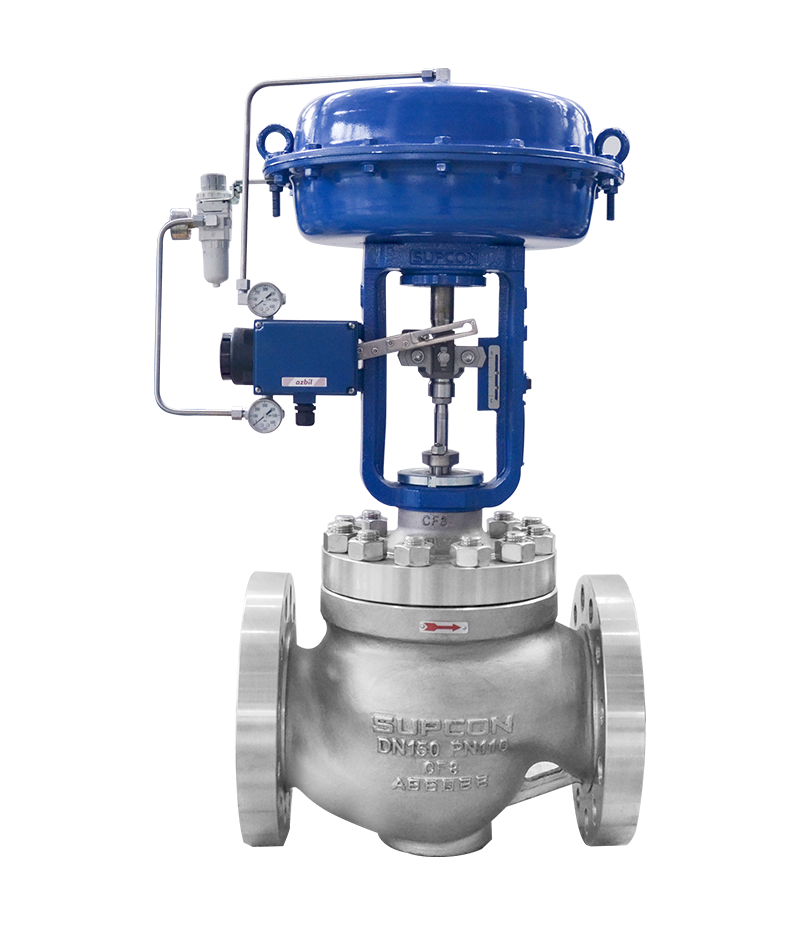The Function of Control Valves in Fluid Flow Management Systems
The Function of Control Valves in Fluid Flow Management Systems
Blog Article

Maximize Energy Financial Savings and Convenience With Advanced Structure Automation Controls
In the world of contemporary style and facility management, the assimilation of advanced building automation controls stands as a pivotal improvement. By taking advantage of the power of automation, structures can adjust, respond, and progress in means that were as soon as unthinkable.
Energy Efficiency Conveniences
Energy efficiency advantages can significantly decrease energy usage and functional prices in buildings. Energy-efficient systems, such as advanced structure automation controls, can enhance the usage of resources like heating, lights, and air conditioning, leading to lower energy expenditures over time.
In addition, improved energy effectiveness can prolong the life-span of structure tools and systems. By running much more effectively, a/c systems, lighting fixture, and various other building parts experience less deterioration, resulting in decreased maintenance and replacement prices. Additionally, energy-efficient structures typically regulate higher building values and rental prices, offering lasting monetary advantages to owners.
In addition, energy performance can enhance resident convenience and efficiency. Effectively regulated interior atmospheres with optimum lights and thermal problems create an even more pleasant and conducive work space, bring about enhanced staff member fulfillment and efficiency. Overall, the power performance benefits connected with innovative structure automation controls are multifaceted, encompassing expense financial savings, ecological stewardship, and occupant well-being.
Boosted Convenience Control
Enhancing comfort control in building atmospheres needs an innovative combination of advanced automation systems for ideal passenger wellness. By using sophisticated building automation controls, facilities can tailor the indoor environment to satisfy the details demands and choices of owners. These systems enable precise guideline of temperature level, air flow, and illumination, creating a comfy and efficient atmosphere. Owner complete satisfaction and performance are carefully linked to thermal comfort, making it necessary to have systems in position that can adapt to changing conditions in real-time.
By incorporating these sophisticated controls, structures can not just boost comfort but additionally enhance energy efficiency by maximizing system operations based on actual occupancy and use patterns. Ultimately, focusing on owner convenience through sophisticated automation systems leads to a more pleasurable and much healthier interior atmosphere.
Operational Effectiveness Improvements

Moreover, the execution of real-time surveillance and analytics tools enables building operators to determine energy ineffectiveness and operational anomalies quickly. By constantly keeping an eye on power use patterns and system efficiency metrics, changes can be made in real-time to optimize power intake and make certain peak functional performance. control valves. Furthermore, including demand response techniques right into structure automation controls can even more improve operational effectiveness by dynamically readjusting power use based upon grid problems and prices signals
Indoor Climate Optimization
Effective indoor environment optimization is a fundamental facet of building automation controls, guaranteeing owners' comfort and well-being while maximizing power financial savings. By making use of advanced sensing units and controls, constructing automation systems can constantly monitor and adjust temperature, humidity degrees, air top quality, and ventilation to create an optimum indoor setting. Preserving constant and comfy problems not only improves occupant satisfaction but likewise increases efficiency and total well-being.
Interior climate optimization also plays an important role in power performance. By fine-tuning air conditioning, home heating, and air flow systems based upon real-time information and occupancy patterns, building automation controls can substantially decrease power intake - control valves. Executing techniques such as demand-controlled ventilation and thermal zoning can help minimize power waste while ensuring that each location of the building gets the needed conditioning.

Lasting Environment Development
Building automation controls not only enhance interior environment problems for power effectiveness and resident comfort yet likewise lay the foundation for producing a lasting atmosphere via strategic monitoring of sources and systems. By integrating innovative structure automation innovations, such as sensors, actuators, and smart software, facilities can monitor and adjust power usage in real-time to minimize waste and reduce their carbon footprint. These systems enable anticipating upkeep, recognizing potential concerns prior to they intensify and enhancing equipment performance to improve long life and performance.
Moreover, sustainable setting production extends beyond power administration to include water preservation, waste decrease, and interior air quality enhancement. Structure automation controls can control water use, identify leaks, and make certain proper waste disposal practices, adding to total sustainability efforts. Furthermore, by regulating and monitoring ventilation and filtering systems, these innovations improve resident health and wellness and performance while decreasing power usage connected with heating and cooling procedures.
Verdict
To conclude, advanced structure automation regulates offer considerable benefits in terms of energy cost savings, convenience control, operational efficiency, indoor environment optimization, and creating a sustainable setting. By implementing these controls, buildings can accomplish ideal over here efficiency while reducing energy consumption and enhancing passenger convenience. It appears that making use of advanced automation technology is essential in improving building performance and producing a much more sustainable future.
Energy efficiency benefits can considerably decrease energy consumption and operational costs in buildings. Overall, the power performance benefits linked with sophisticated structure automation controls are diverse, Related Site encompassing expense financial savings, environmental stewardship, and passenger well-being.
Furthermore, incorporating need action strategies right into structure automation controls can further boost functional efficiency by dynamically readjusting power use based on grid problems and prices signals.
Structure automation regulates not only optimize interior environment problems for power effectiveness and resident convenience but additionally lay the foundation for developing a sustainable setting through critical management of sources and systems.In final thought, progressed structure automation manages deal significant advantages in terms of energy savings, comfort control, operational effectiveness, indoor climate optimization, and creating a sustainable setting.
Report this page